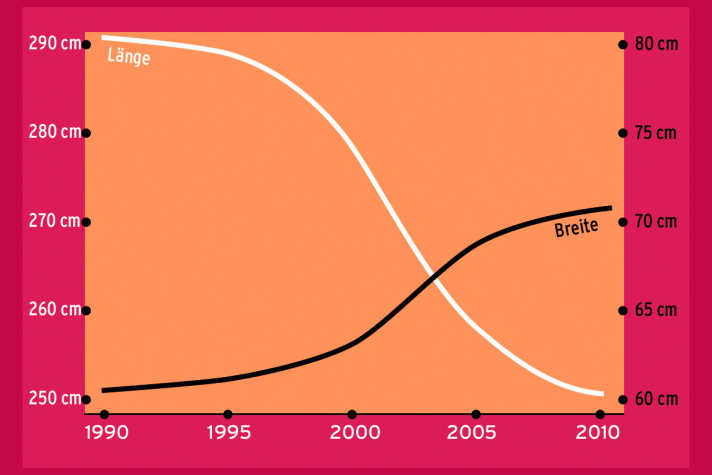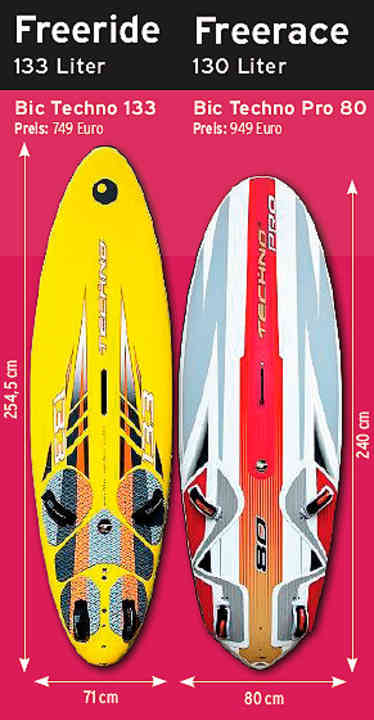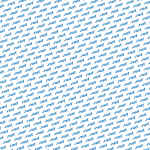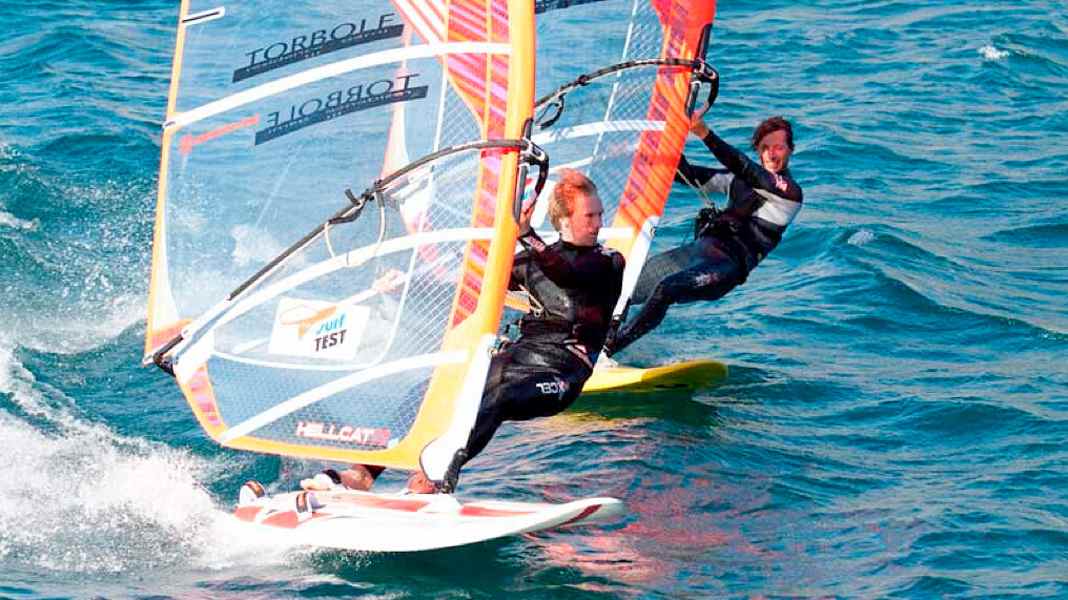
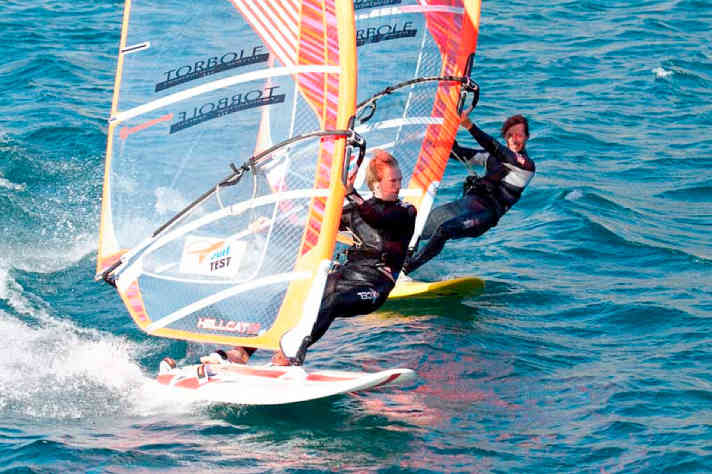
You can fall into the volume trap twice when choosing a board, as numerous enquiries from our readers show: Owners of older boards who finally want to modernise their board park often continue to focus on volume, but after ten or more years they should also consider width. Anyone coming from an F2 Xantos II or a Fanatic Bee with over 150 litres, but only around 62 to 64 centimetres wide, is storing a nervous, narrow thunderbolt in their equipment pool by today's standards. Today, a 150-litre freerider glides across the water with an average of around 80 centimetres, making it as stable as an aircraft carrier. A modern board in the 120 or 130 litre class would therefore probably be a better replacement for the old-timer.
"If you're looking for a successor to your ten-year-old board and are only looking at the volume, you're almost certainly buying a board that's too big."
Only then can you use similar sail sizes, only then will you rediscover at least a similar surfing experience. The board width is not only responsible for the riding experience, but also a first indication of the optimal sail size. Above 100 litres, the board width roughly indicates the optimum sail size (with a range of one and a half to two square metres): At 85 centimetres, an 8.5 cm sail fits almost perfectly, at 70 centimetres a 7.0 cm sail.
Below 100 litres, the width approximately marks the upper sail size. On a 54 centimetre wide waveboard, it is better not to ride larger than a maximum of 5.4 and on a 62 centimetre wide freemoveboard, the trim is usually very good up to 6.2 square metres.
The second trap lurks with modern shapes when boards of different classes are compared - as in our exemplary test.
This is because the boardshapers work with very different outlines for the freeride boards, which are designed for more comfort, and the very performance-orientated slalom race boards. With the same volume, a specialised, modern slalom board is usually significantly wider and therefore thinner than a versatile freeride board.
In our case, the names Techno and Techno Pro sound quite similar to maximise confusion and according to the volume, the yellow Techno, the freerider, would be the "bigger" board. On the water there is no trace of this: the Techno 133 is very agile for a freerider in this class and, with the new, high-quality Select carbon fin RS7 Racing, hangs very obediently on the foot. You can quickly slip into the straps, the board conveys a great feeling of speed and shreds freely over choppy water. Power jibes are quick and easy, the board likes to turn particularly tightly, and you often lose some momentum in wide planing jibes. With an additional, smaller fin, the board can be equipped with sail sizes from 5.3 to 8.0 without hesitation and is highly recommended as a freerider for intermediates as well as good windsurfers.
The Techno Pro is completely different: the board, which is actually smaller in terms of volume, looks a whole class bigger, it glides in modern slalom race dimensions on the extremely wide planing surface and is certainly the best trimmed with sails of 7.6 to 9.5 square metres. In order to control the long fin in the wide tail, the (uncomfortable) straps are mounted far out, just as surfers with racing experience like it and as freeriders usually avoid it. The wide travelling machine glides very smoothly, does not wobble transversely or longitudinally and keeps the bow calmly flat above the water, even when a strong gust hammers into the sail. Although this provides less of a speed feeling than on the narrower shape, it has a noticeable performance-enhancing effect in the lower and medium wind range. In the jibe, the "Pro" also plays the opposite role to the yellow Techno. There are no really tight jibes, you can also give the board a lot of pressure for further turns, but it glides out of the turn with good speed, just as you would expect for slalom matches.
Conclusion:With the Techno and Techno Pro, Bic Sport has two affordable boards in its programme that appear to be well suited to their respective areas of use. The Techno 133 impresses with its objective speed and subjective speed feeling. The Techno Pro 80 is more demanding to ride due to the loop position, easily carries large sails, is fast in light winds and remains easy to control for a long time. The board is objectively faster than it seems subjectively.
Evolution: From toothpick to racing tyre
